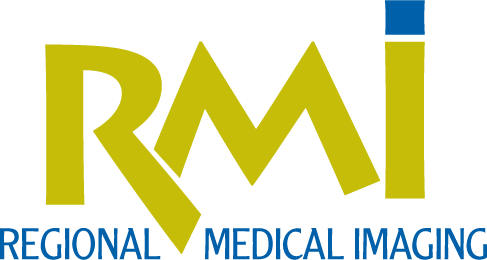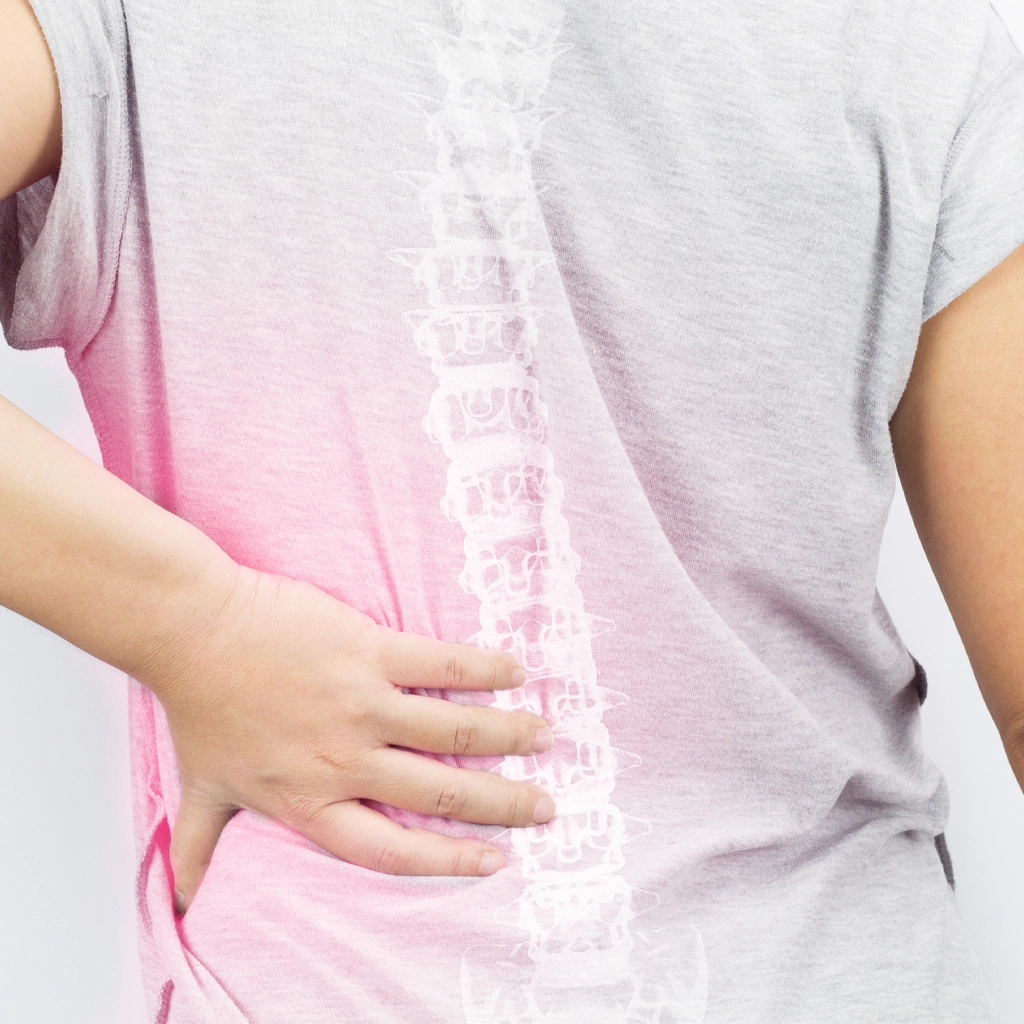Vertebroplasty and Kyphoplasty for Back Pain Treatment
These vertebral augmentation outpatient procedures are performed in our interventional radiology suite and usually take about one hour. There is no need for general anesthesia, hospitalization or a lengthy recovery.
Vertebroplasty. During vertebroplasty, the interventional radiologist uses fluoroscopy to guide a needle into position within the fractured vertebra. A special, fast-drying bone cement is injected into the bone to strengthen and stabilize the fracture. 90% of patients experience pain relief and improved mobility within 24 hours of their vertebroplasty procedure.1
Kyphoplasty is similar, except that a special medical-grade balloon is first inserted into the fractured vertebra, and then inflated to restore height to the bone. The balloon is then removed, and the bone cement is then injected into the hollow cavity made by the balloon. The vast majority of patients have reported that kyphoplasty provides immediate pain relief and has improved their quality of life.2
Most RMI patients undergoing vertebroplasty and kyphoplasty back pain treatments experience a significant reduction in pain within a few days and an increased ability to perform daily activities afterwards. Potential benefits of vertebral augmentation:
- Rapid and sustained pain relief
- Increased mobility
- Improved quality of life
- Low complication rate

